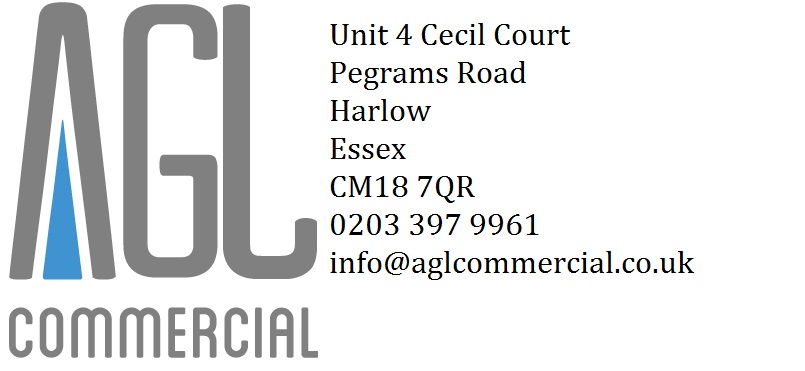Information
-
Site conducted
-
Principle contractor site Manager
-
AGL Project Manager for this site
-
Toolbox talk carried out by
-
Toolbox talk carried out on
-
Location
Drilling/GPE
-
Hazards
• This type of work can create high levels of dust.
• The dust may contain respirable crystalline silica (RCS).
• Breathing this dust can cause serious lung diseases like silicosis, chronic obstructive pulmonary disease (COPD) and even lung cancer.
• These diseases cause permanent disability and early death.
• Skin contact with dusts may cause dermatitis.
• A good standard of control is needed because of the risk to health.
Before starting
• Can you design/plan to limit the number of holes needed?
• Can you use direct fastening?
Access to work area
• Allow access to authorised and appropriately trained people only.
• Limit the number of people near the work.
Equipment and procedures
For drilling ‘one-off’ holes
• Choose the correct drill and bit(s).
For short duration drilling (15–30 minutes over a day)
• Choose the correct drill and bit(s).
• Where reasonably practicable, use a device to capture the dust at source. The larger the hole the better this will need to be. Options include:
o Drilling through a dust ‘collector’.
o Using cordless extraction attached to the drill i.e. an M or H class extraction system correctly attached to an on-tool adaptor together with spare waste collection bags where needed.
For drilling as a main activity
• Choose the correct drill and bit(s).
• Where reasonably practicable, use an on-tool extraction system with:
o An extraction hood.
o An M or H Class extraction unit.
o The correct hoses/connections.
o Spare waste collection bags where needed.
For all drilling (where applicable)
• Ensure the cabling and extraction hose are of the right lengths.
• Position cable safely to limit trip risks.
• Make sure the electricity supply is safe and any extraction is switched on.
• Hose connections should be tight fitting and secure without obvious leaks.
• Make sure the waste collection bag gets emptied regularly.
• Be aware of the location of utilities (electricity, gas, water).
• Start drilling on a slow speed/power to reduce dust. Increase speed when the hole is established.
• Keep the drill bit rotating on slow speed/power when withdrawing it to help clear dust from the hole.
• Rotate those doing the work where a lot of drilling is involved.
Respiratory protective equipment (RPE)
• Use RPE when drilling as a main activity and for short duration drilling where extraction is not used.
• Use RPE with a UK Standard Assigned Protection Factor (APF) of at least 20.
• Fit testing is required for RPE with a tight-fitting face seal.
• Workers wearing tight fitting RPE should be clean shaven, trained how to fit it properly and how to look after it.
• Workers to discard disposable RPE at the end of the shift, or sooner if their RPE becomes blocked with dust.
• Change the filters on non-disposable respirators in accordance with manufacturers’ recommendations and if:
o The shelf-life expiry date has passed.
o they are damaged or visibly contaminated; or
o they become harder to breathe through.
• Examine and test non-disposable RPE thoroughly at least once every month.
• Workers to check RPE is working properly before every use.
• If RPE is required for extended periods e.g. longer than 1 hour continuously, use powered respirators.
• Keep RPE clean and store it in a clean place.
Personal protective equipment (PPE)
• Use storage for PPE to prevent damage or contamination when not in use.
• Keep any PPE cleaned and replace at recommended intervals.
Personal decontamination and skin care
• Use warm water, mild skin cleansers, and soft paper or fabric towels for drying. Avoid abrasive cleansers.
• Use pre-work skin creams, which will make it easier to wash dirt from the skin.
• Use after-work creams to replenish skin oils.
• Caution: ‘Barrier creams’ are not ‘liquid gloves’ and do not provide a full barrier.
Maintenance, examination, and testing
• Keep all equipment used for the task in effective working order. Maintain it as advised by the supplier.
• Maintain or replace worn drill bits.
• Regularly look for signs of damage to hood, hoses, or extraction unit – pay particular attention to filters, extraction rates and warning devices.
• On-tool extraction is a type of local exhaust ventilation (LEV). For LEV, a user manual or logbook is helpful in setting out the frequency of checking, maintenance, or parts replacement. Contact the manufacturer/supplier if you do not have this information.
Cleaning and housekeeping
• Clean work equipment and the work area daily.
• Vacuum dry dust with an M or H class vacuum/extraction unit or use wet cleaning methods.
-
Toolbox talk complete?
-
Now go to section "Toolbox talk attendee register"
Toolbox talk attendee register
-
Toolbox talk attendees -
Engineer -
-
Have you fully understood this toolbox talk?
-
Please report to your supervisor to discuss your concerns.
-
Name of engineer -
-
Signature -






